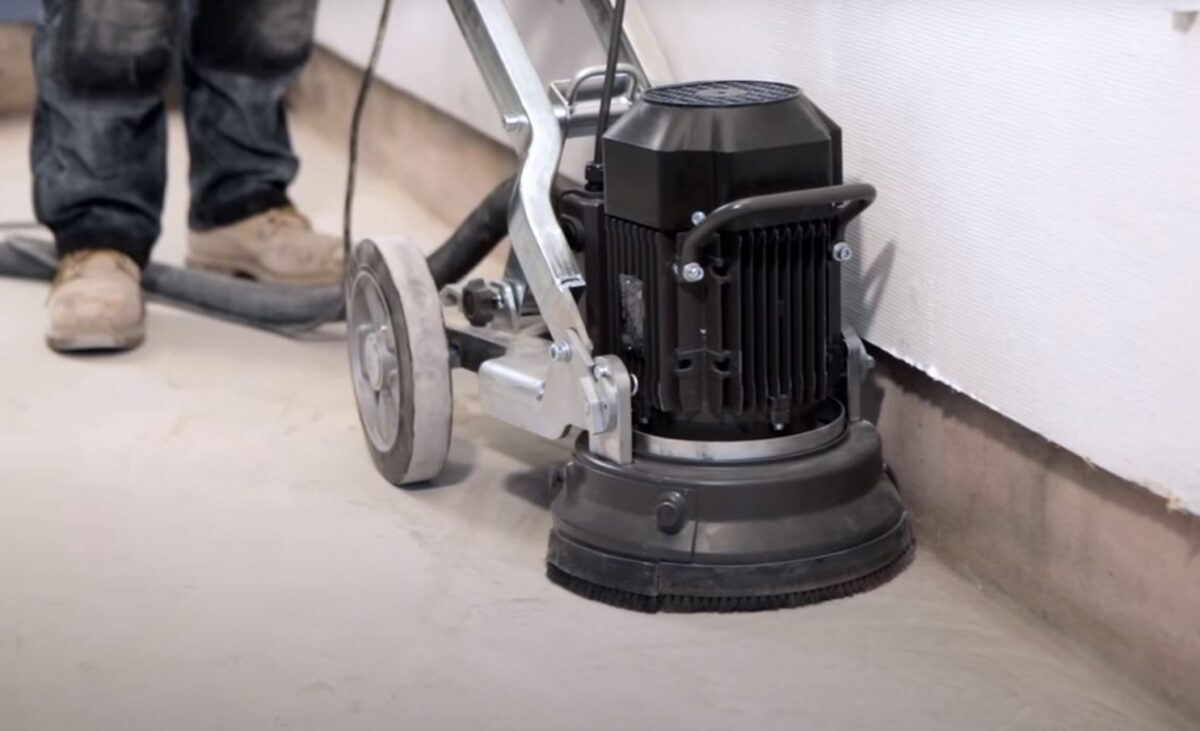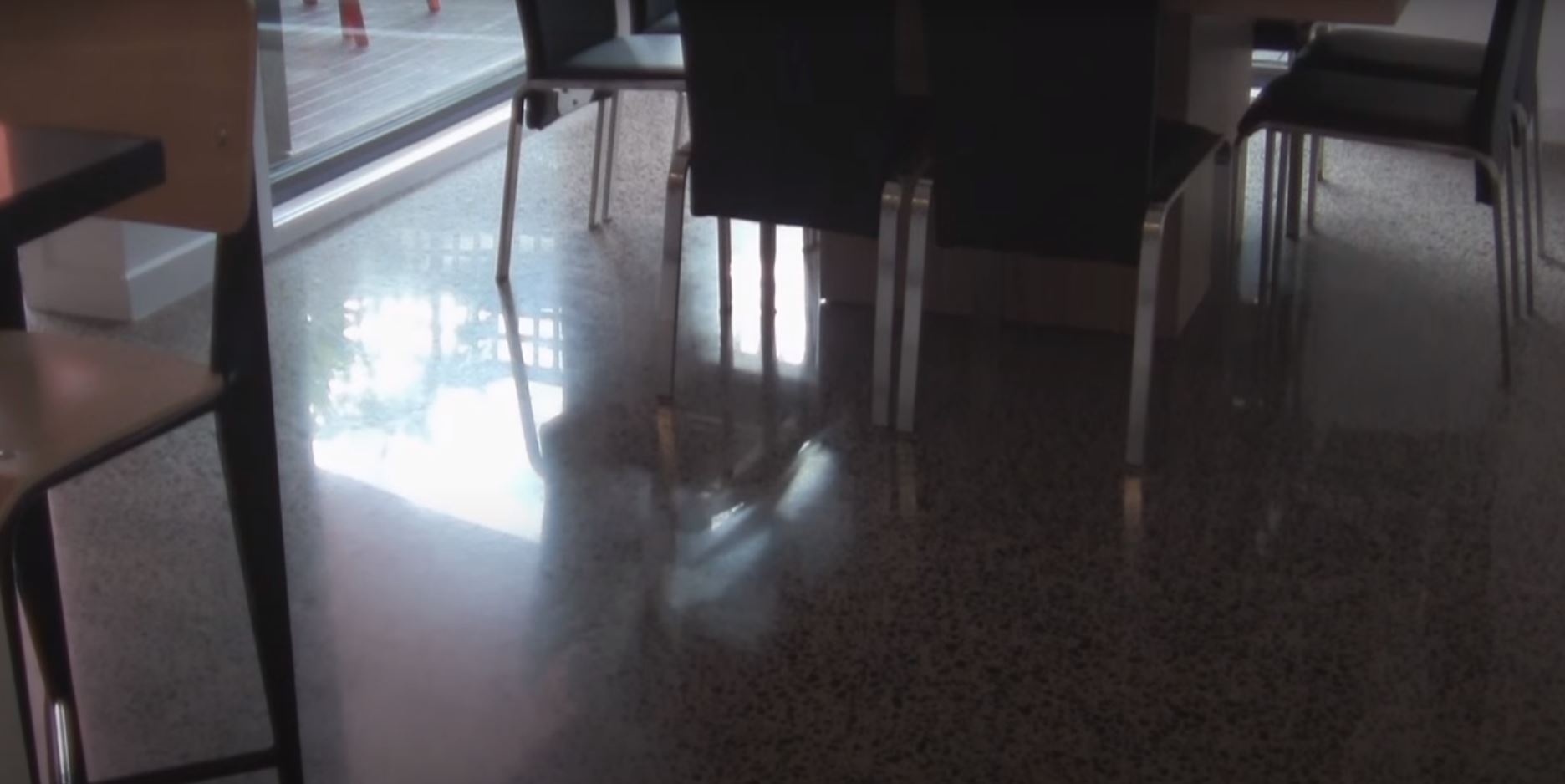Deciphering the Core Aspects of Concrete Polishing
Concrete polishing is the transformative art of converting a raw concrete floor into a sleek, smooth, and aesthetically appealing surface. Renowned for its durability, low maintenance, and reflective nature, it’s a favoured choice in Auckland’s residential and commercial settings. The question on most Aucklanders’ minds is: how do you estimate concrete polishing? Let’s delve into this.
Factors Impacting Polished Floors Prices in NZ
Several elements dictate the costs:
- Surface Preparation: Before a concrete surface grinder gets down to work, the area often needs cleaning, repairing, or levelling.
- Size of Area: Generally, larger spaces mean more resources but may result in a reduced cost per square metre.
- Finish Desired: The gloss level and style, whether matte or high-gloss, can influence costs.
- Environmental and Sustainability Factors: Eco-friendly polishing solutions may have a slightly higher initial cost but offer more sustainability benefits, reducing long-term environmental impact.
Auckland’s Varied Concrete Flooring Options and Costings
Auckland offers various polished concrete options:
- Grind and Seal: This involves grinding the floor’s top layer and sealing it. Average cost now ranges from NZ$79.80 to NZ$106.40 per square metre.
- Full Polished Concrete: Here, the concrete is ground multiple times for a finer finish. Expect prices around NZ$133 to NZ$199.50 per square metre.
- Polishing Exposed Aggregate Floor: It provides a unique textured appearance and can cost NZ$159.60 to NZ$226.10 per square metre.
- Seasoned Concrete Surface: Optimal for outdoor spaces, especially in suburbs like Parnell where certain council restrictions favour its use. Costs now range from NZ$106.40 to NZ$172.90 per square metre.
Navigating Auckland’s Regulatory Web
Aucklanders, especially those residing in suburbs like Remuera, should be alert to local bylaws. Some council regulations, such as those from the Ōrākei Local Board, might dictate the type of seasoned concrete surface permissible, impacting costs and choices. Furthermore, obtaining the right council consent can add an approximate NZ$1,330 to NZ$3,990 to your bill, depending on intricacies.
Health, Safety, and Floor Polishing
In Auckland, health and safety regulations ensure a slip-resistant finish, especially in commercial settings. Employing floor polishing contractors adhering to these norms can occasionally influence costs. The integration of non-slip additives or finishes to meet standards can add NZ$13.30 to NZ$26.60 per square metre.
Choosing the Right Floor Polishing Contractor in Auckland
Floor polishing North Shore, central Auckland, or anywhere across the city requires expertise. While cost is significant, ensure the floor polishing company possesses a strong track record, especially for specific tasks like grinding and polishing concrete floors. Always ask for references and view previous projects.
The Art of Estimation
Floor polishing costs in Auckland hinge on:
- Inspection: Before any quote, concrete floor polishing services typically inspect the site to understand the depth of grinding required and evaluate the concrete’s condition.
- Concrete Resurfacing: If the floor has imperfections, resurfacing becomes necessary, incurring additional costs.
- Equipment and Manpower: The machinery used (like specialized floor polishers) and the team’s size can affect pricing.
Summary Table of Costs
| Service Type | Approximate Cost Range |
| Grind and Seal | NZ$79.80 – NZ$106.40/m² |
| Full Polished Concrete | NZ$133 – NZ$199.50/m² |
| Polishing Exposed Aggregate Floor | NZ$159.60 – NZ$226.10/m² |
| Seasoned Concrete Surface | NZ$106.40 – NZ$172.90/m² |
| Council Consent | NZ$1,330 – NZ$3,990 (overall) |
| Non-Slip Additives | NZ$13.30 – NZ$26.60/m² (additional) |
For Aucklanders, understanding these intricate elements ensures you’re equipped with the knowledge to make an informed choice, whether that’s pursuing concrete grinding and resurfacing or opting for a complete polished finish. It’s all about achieving that perfect balance between aesthetics, cost, and functionality.
Frequently Asked Questions on Concrete Polishing Costs:
How much more does the “Full Polished Concrete” method cost compared to “Grind and Seal”?
Typically, the “Full Polished Concrete” method is more expensive due to its intensive process and refined finish. Expect to pay around 33% more for this premium option compared to the “Grind and Seal” method.
Are eco-friendly polishing solutions more expensive than traditional ones?
Yes, sustainable and eco-friendly polishing solutions can be slightly more costly upfront due to the use of specialised products. However, their longer lifespans can offer cost savings in the long run.
How do Auckland’s health and safety requirements impact the cost of floor polishing?
Adhering to Auckland’s health and safety standards, especially for slip-resistance, might marginally increase the polishing costs. Special non-slip additives or finishes might be required to ensure safety, especially in commercial or public spaces.
Will I incur extra costs if I need council consent for concrete floor polishing in Auckland?
If your polishing project requires council consent, particularly in suburbs with specific bylaws, there might be associated fees. It’s crucial to budget for potential consent costs when planning a polishing project in areas like Remuera or Parnell.
Is there a cost difference between polishing a new concrete floor versus an older one?
Yes, older floors might require more preparation, such as filling cracks, levelling, or additional grinding stages, leading to increased costs. Conversely, new floors might be easier and slightly cheaper to polish, but the difference can vary based on the floor’s condition.


